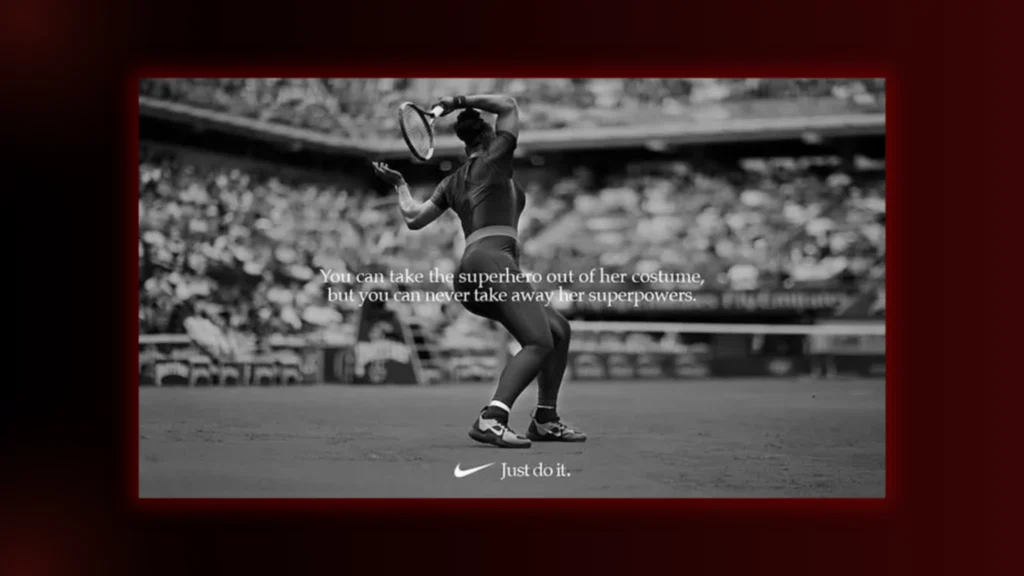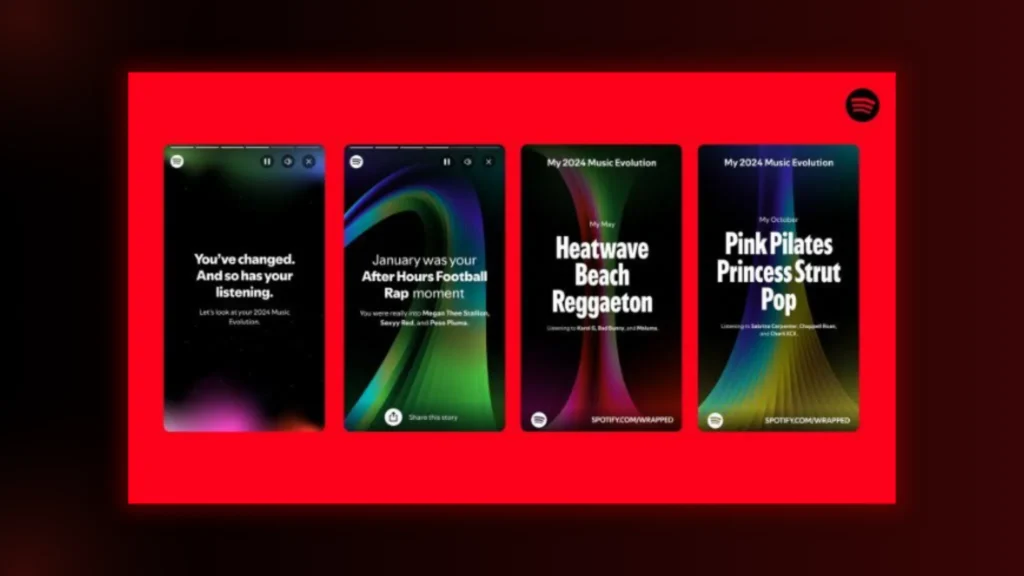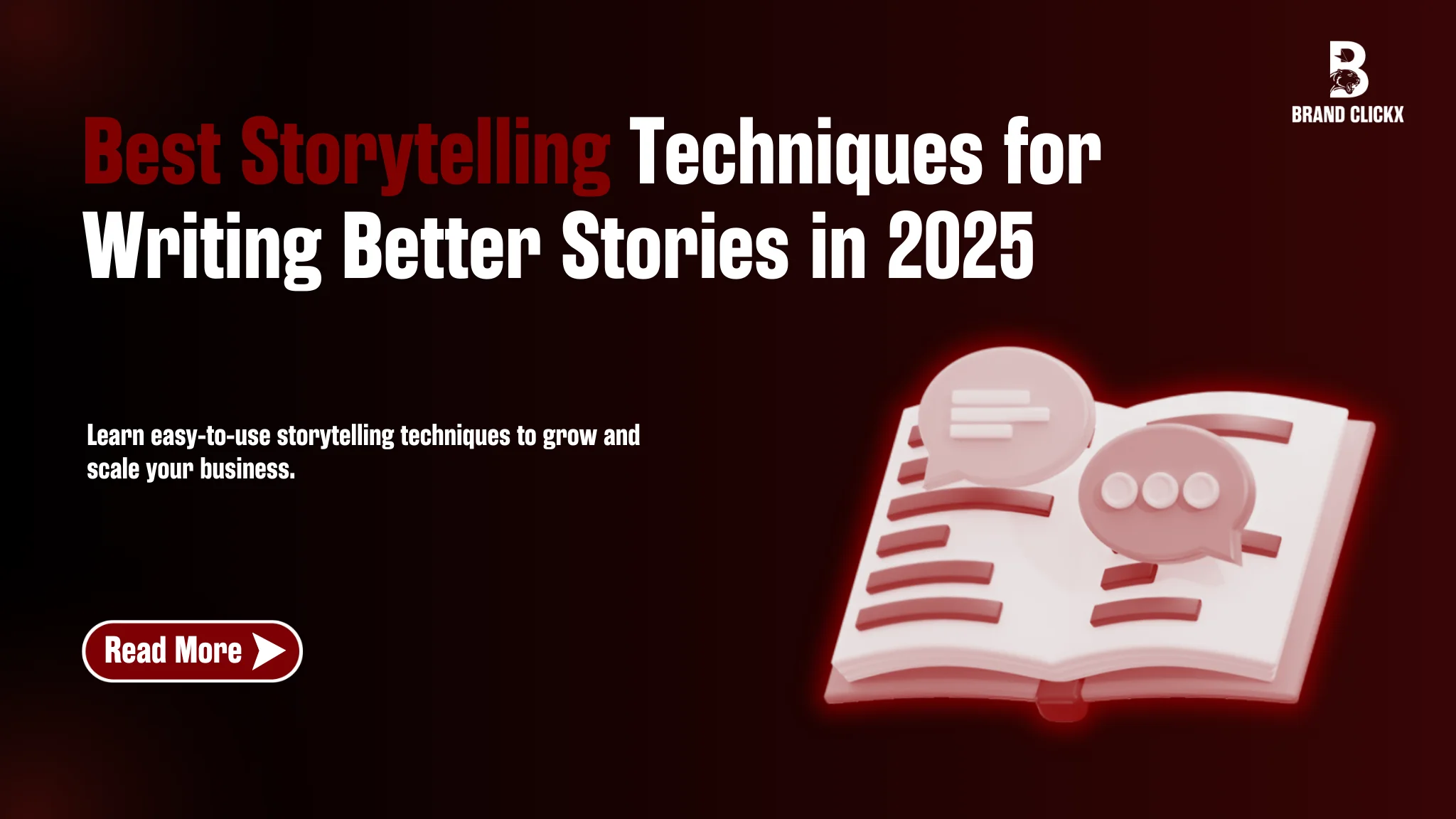Whenever you write or tell your brand story, it fails to resonate with your audience. You feel like no one is interested in your brand and its story. It’s frustrating, right?
But don’t worry! You are not alone. Around 36% of businesses and marketers are struggling with writing attractive stories.
However, in this blog, you will learn 8 storytelling techniques to help you write engaging brand content. Also, after reading this blog, you will know how to write attractive stories in your marketing content.
So, let’s grow your brand with these easy-to-follow storytelling tips.
What is Storytelling, and why is it important?
Storytelling is about crafting stories to connect with your audience and readers. Traditional storytelling typically starts with “ once upon a time….” It’s different.
It’s a way of presenting your content in a more engaging, relatable, and memorable way. Instead of just listing facts, it makes your audience feel what you are saying. This helps build trust and loyalty, which increases your brand awareness and growth.
According to the Harvard Business Review, stories are 22 times more memorable than facts alone. Also, 73% of consumers are willing to pay more for products from brands they love, often because of effective storytelling. This shows the power of storytelling.
Why is Storytelling Important?
Storytelling is important in marketing because of the following reasons:
- Human Connection
Storytelling builds human connections through words and visuals. It does so by sharing real-life challenges and emotions to which people can relate. As a result, they remember your brand for a longer time.

For instance, Jasmin Alec shares his stories and experiences to which people relate and connect.
Read more about how to write engaging content.
- Memorability
Stories are easier to remember than mere facts. As Coca-Cola’s “Share a Coke” campaign personalised bottles with names, making the product memorable and engaging.
Research by Stanford University shows that stories are up to 22 times more memorable than facts alone.
- Emotional Engagement
If you want your readers and audience to connect with you emotionally, you must use storytelling techniques when writing your marketing content. According to Harvard Business Review, emotional content is twice as likely to be shared on social media.
Moreover, effective storytelling evokes emotions, making your content more attractive. For example, in the “Loretta” ad, Google used a technique you can use for your brand. But don’t forget to personalise it.
- Persuasion
Storytelling can influence your audience’s beliefs and behaviours.
For example, Nike’s “Just Do It” campaign uses powerful storytelling to inspire and motivate people to pursue their goals.

Similarly, the University of Pennsylvania study found that stories are 20 times more likely to be remembered and lead to action than data alone.
- Educational Tool
According to educational research, students retain 75% of information through storytelling compared to just 5% from traditional lectures. Therefore, to educate your audience about your product, use storytelling techniques in your content.
For example, TED Talks often use storytelling to convey complex ideas in a relatable way.

- Brand Identity
73% of consumers are willing to pay more for products from brands they love, often driven by effective brand storytelling. Brand identity is something you can not ignore. But it’s easy to achieve.

For example, Airbnb uses user-generated stories and images to highlight unique travel experiences. Through this, they create a sense of adventure and community. Due to this, they have gained a global brand identity.
Want to learn more? Read this: Content Writing vs Copywriting
7 Storytelling Techniques You Never Knew Before
Use the following storytelling technique to write better stories and more engaging content:
1. Show, Don’t Tell
Storytelling is not about telling something in the form of stories. Instead, you should show them through descriptive language and sensory details. This will create a vivid picture instead of just stating facts.
2. Create Emotional Connections
Without appealing to the emotions in your content, you can not make your brand story memorable to your audience. So, always write stories that evoke emotions to make them memorable and relatable.
3. Create tension with Surprises and Twists
You can create urgency and excitement in your audience by using tension and surprises in your content. To keep the audience engaged, you can introduce challenges and obstacles.

For example, Coca-Cola’s “Share a Coke” Campaign used a technique that urged people to share their names with them. Then they won, the company personalised it with people’s names, which many customers worldwide use.
However, due to this technique, they created a sense of urgency and excitement. How? Because people would search for their names, creating a sense of urgency and brand awareness.
4. Use Vivid Imagery
Do you want your audience to feel and see what you feel and see? Use sensory details, such as sights, sounds, and smells, in your content to create a mental picture.
For example, look at the text below, where you will feel like the scene is before you. How? Because we used sensory and descriptive language.
“Imagine walking through a lush forest, where the sunlight filters through the dense canopy, casting dappled shadows on the ground. The air is filled with the scent of pine and the sound of birds chirping, creating a serene and immersive experience.“
5. Include Surprise or Plot Twists in Your Story
When you include shocks or surprises in your content, you make it more appealing and intriguing.

For example, Dannijo’s story has a personal touch and unexpected twist in theri story. You can read the story on their website on the About US page. But these elements have made the founder’s story more appealing and relatable.
6. Keep It Simple and Be Authentic
Every great story you see around you is simple and true. The readers will remember all of them well due to their honesty. So, don’t use difficult language while crafting your story. Also, don’t tell lies to impress your readers.

For example, Jay Shetty’s Instagram Stories feature simple, authentic stories from his life. This technique inspires and motivates his followers
7. Structure Your Story
Without a proper structure, every piece of content is rubbish. You should structure your story with a clear beginning, middle, and end to stay connected and make sense.

For example, the Spotify Wrapped annual campaign has a clearer structure. Through this, they engage and then encourage their users to keep using their app.
Conclusion
If you want to grab your audience’s attention and make a lasting impact, use these storytelling techniques. They’ll make your story memorable and connect with your audience.
You can use them for any story, whether sharing experiences, teaching something, or promoting a brand.
However, if you can’t do this alone, we can help you write more engaging stories at BrandClickX.
Contact our content writing team now to write stories that resonate with your audience.
FAQs
What is the technique of storytelling?
The storytelling technique involves crafting stories that resonate with and engage with your audience. The main goal is to make your brand memorable and increase brand loyalty.
How to be a good storyteller?
To become a good storyteller, you need to:
- Understand your audience and tailor your story to their interests and needs.
- Share personal experiences and emotions to create a genuine connection.
- Paint a mental picture with sensory details to make your story come alive.
- Grab attention by starting in the middle of the action.
- Ensure your story has a central message or lesson.
- Rehearse your story to build confidence and improve delivery.
- Remove unnecessary words and fluff from the content.
- Make your audience feel something to leave a lasting impact.
What are the 5 c’s of storytelling?
The 5 C’s of storytelling are the following:
- Context: The backstory or setting of the story.
- Catalyst: The event that changes the protagonist’s life.
- Complication: The problem or challenge the protagonist faces.
- Change: The transformation or growth of the protagonist.
- Consequence: The resolution and the impact of the change



